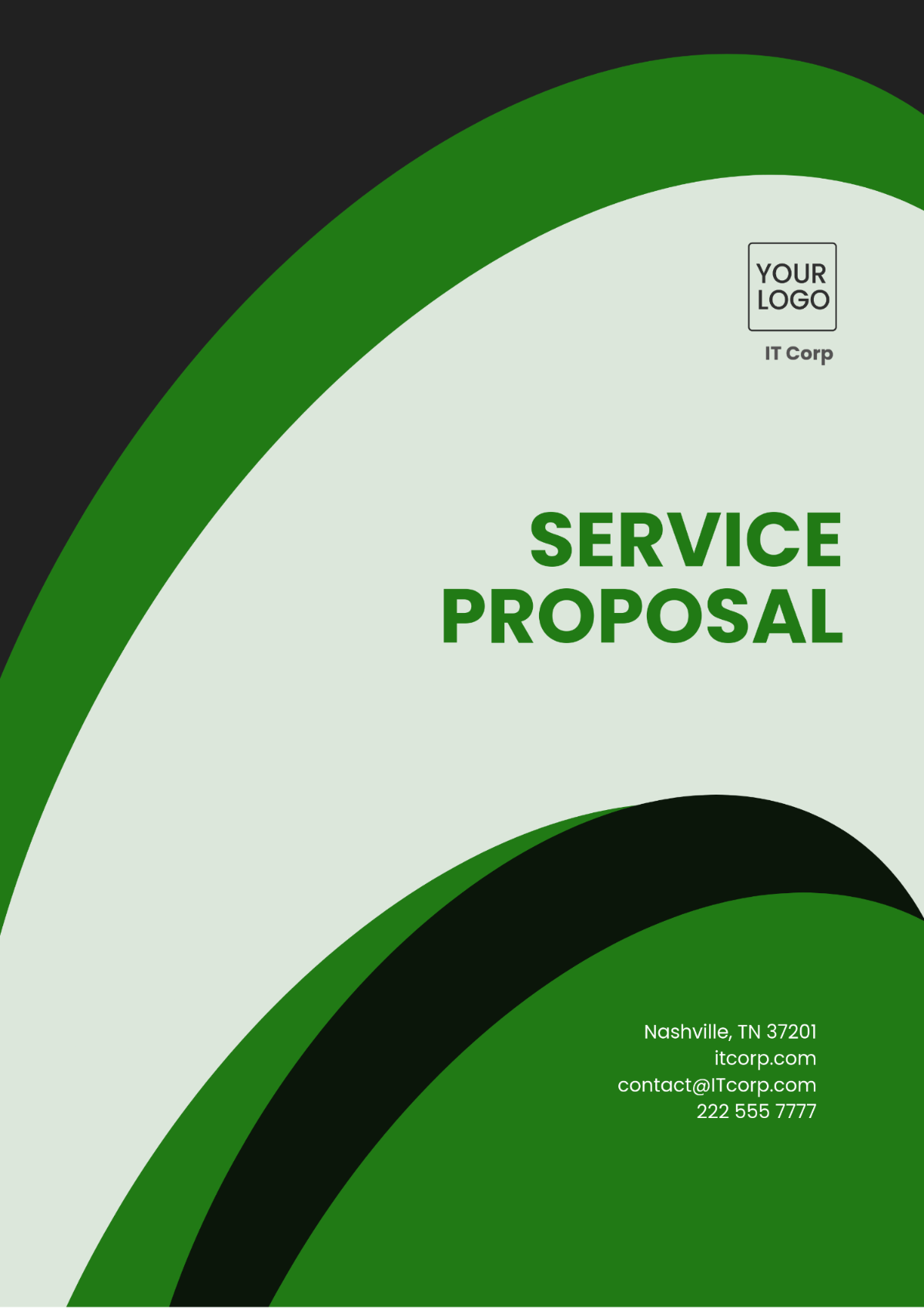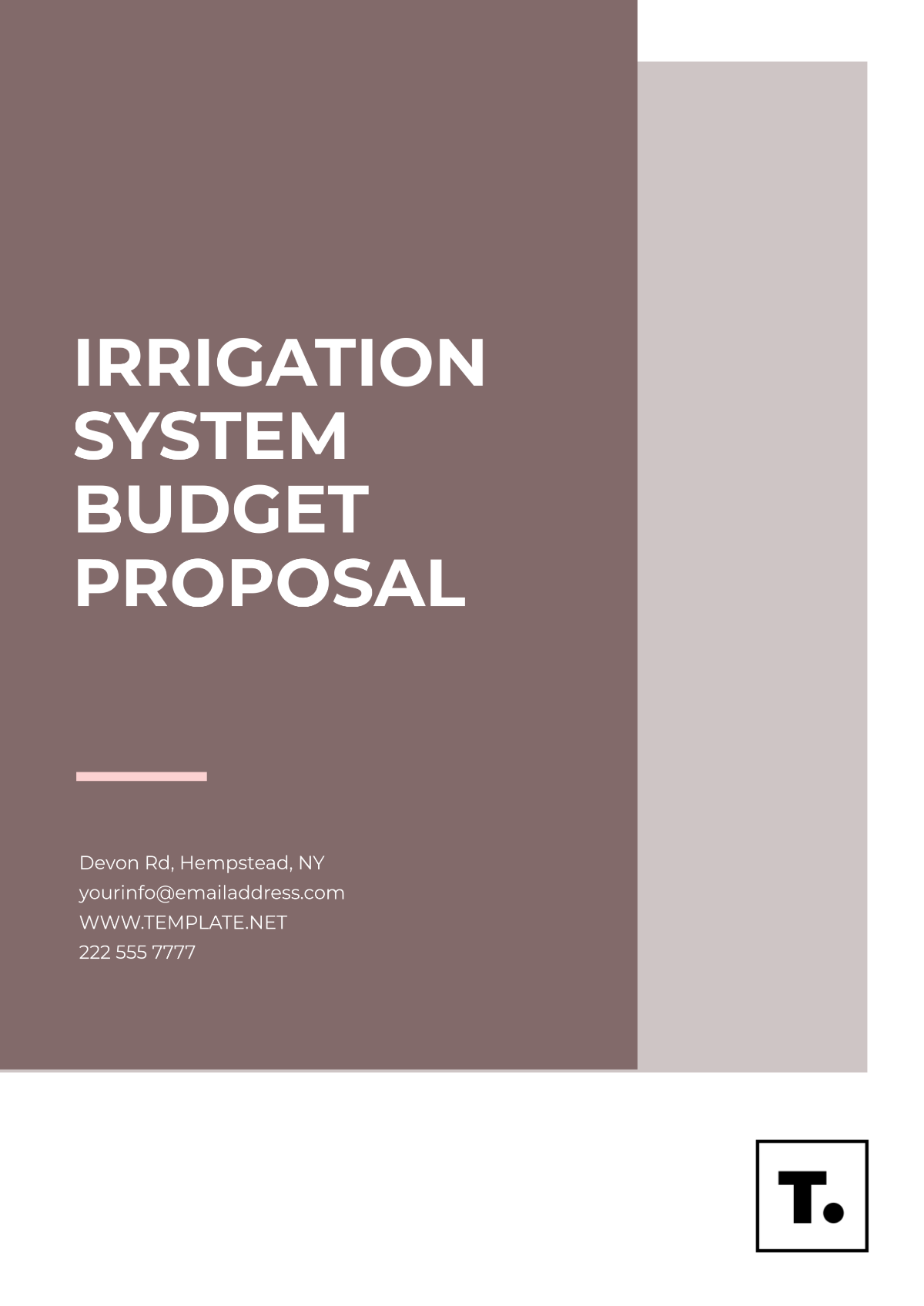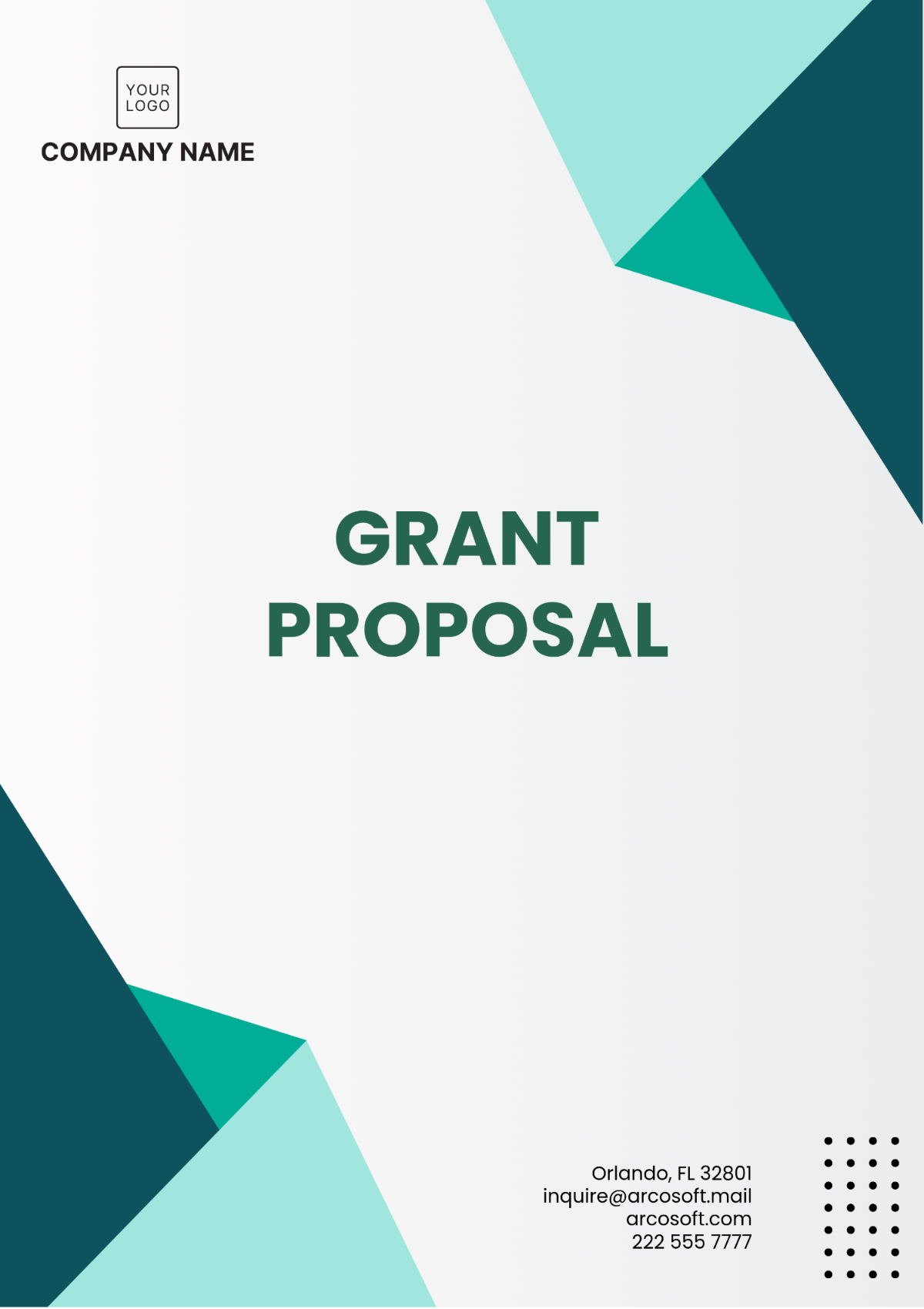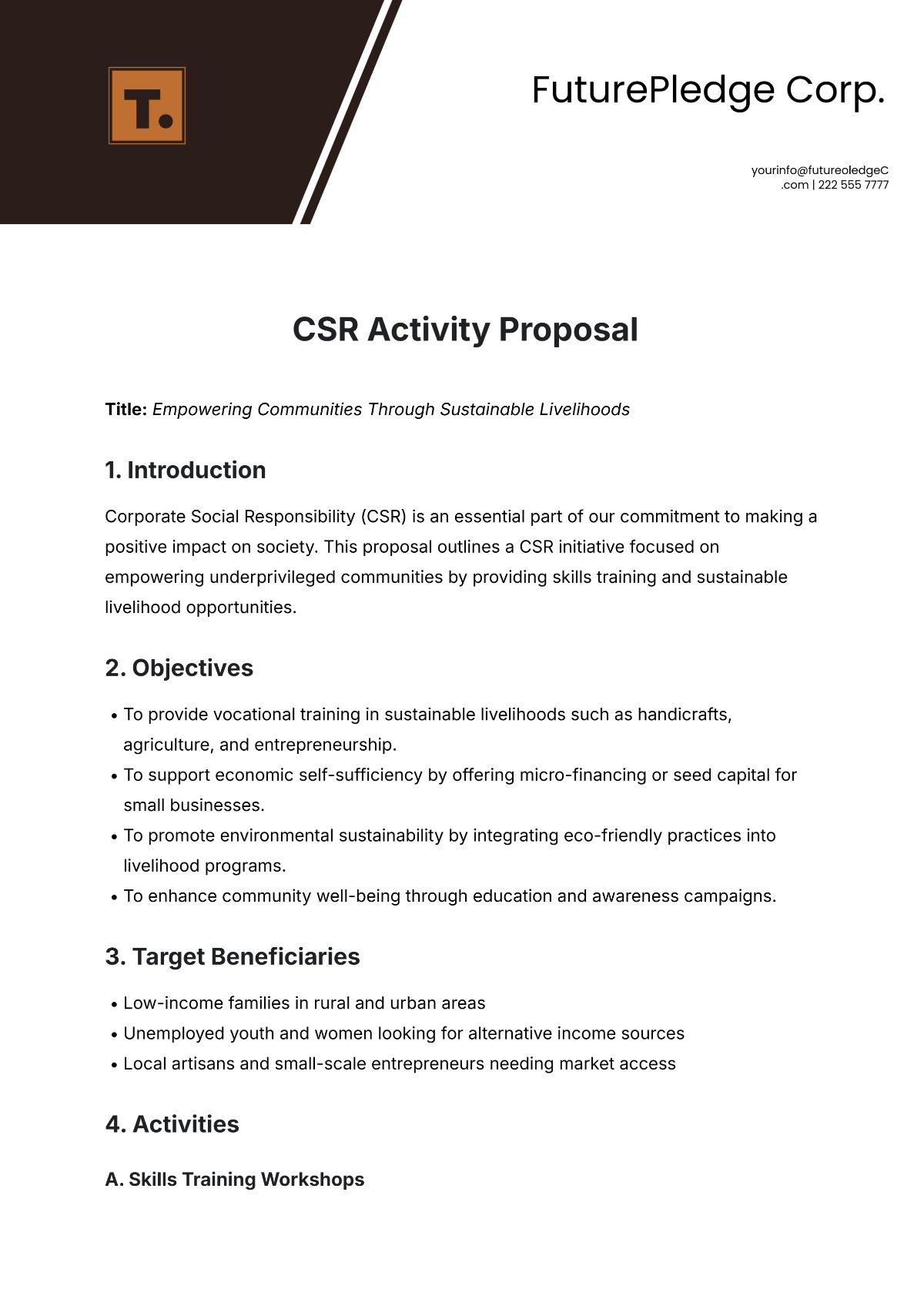Free Project Proposal Executive Summary Template
Project Proposal Executive Summary
Prepared by: [YOUR NAME]
[YOUR POSITION]
[YOUR COMPANY NAME]
Date: [DATE]
Overview:
In today's dynamic business landscape, the success of an organization heavily relies on the continuous development and upskilling of its workforce. As such, [YOUR COMPANY NAME] recognizes the critical need to implement a comprehensive employee training program to enhance skillsets, foster growth, and drive organizational success. This proposal outlines the key components and benefits of the proposed training initiative.
Objectives:
The primary objectives of the proposed employee training program are as follows:
Skill Enhancement: Equip employees with the necessary skills and knowledge to excel in their roles and adapt to evolving job demands.
Employee Engagement: Foster a culture of learning and development, leading to increased employee satisfaction and retention.
Performance Improvement: Enhance overall organizational performance by aligning employee skills with business objectives.
Cost Efficiency: Streamline training processes and resources to optimize cost-effectiveness and maximize return on investment.
Proposed Training Program:
The employee training program will encompass a range of learning modules tailored to meet the diverse needs of our workforce. The program will include the following components:
Module | Description |
|---|---|
1. Orientation | Introduction to company policies, culture, and values. |
2. Technical Skills | Development of job-specific competencies and proficiency. |
3. Leadership Development | Training on leadership principles, communication, and team management. |
4. Compliance Training | Ensuring adherence to regulatory requirements and industry standards. |
5. Soft Skills | Enhancing interpersonal skills, problem-solving, and emotional intelligence. |
Implementation Plan:
The successful execution of the training program will require a structured approach. The implementation plan will include the following key phases:
Assessment: Conduct a comprehensive training needs analysis to identify skill gaps and training priorities.
Design: Develop customized training materials and curriculum based on identified needs and learning objectives.
Delivery: Deploy a blend of instructor-led sessions, e-learning modules, workshops, and on-the-job training.
Evaluation: Continuously assess the effectiveness of the training program through feedback mechanisms and performance metrics.
Continuous Improvement: Iterate and refine the training program based on feedback and evolving organizational requirements.
Benefits:
The proposed employee training program offers numerous benefits to [YOUR COMPANY NAME]
Enhanced Employee Performance: Equipped with updated skills and knowledge, employees will perform more effectively, leading to improved productivity and quality of work.
Increased Employee Satisfaction: Investing in employee development demonstrates a commitment to their growth and fosters a positive work environment, leading to higher job satisfaction and morale.
Reduced Turnover: Engaged and skilled employees are more likely to remain with the company, reducing turnover costs and preserving institutional knowledge.
Competitive Advantage: A highly skilled workforce gives [YOUR COMPANY NAME] a competitive edge in the market, enabling us to innovate and adapt to changing industry trends effectively.
Conclusion:
The implementation of a new employee training program is vital for [YOUR COMPANY NAME] to stay competitive, adapt to market changes, and foster a culture of continuous improvement. By investing in our employees' development, we not only enhance individual performance but also drive organizational success in the long term.

















































